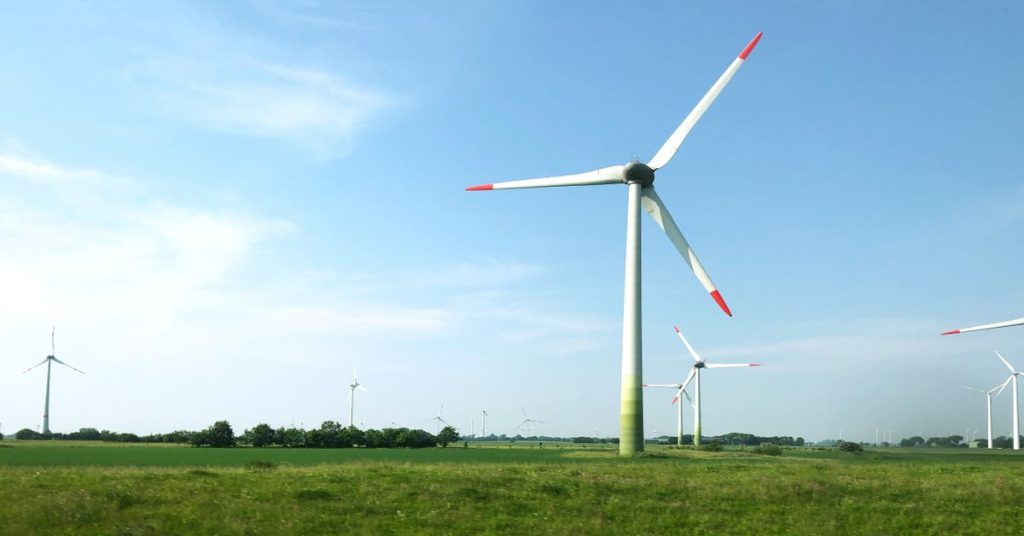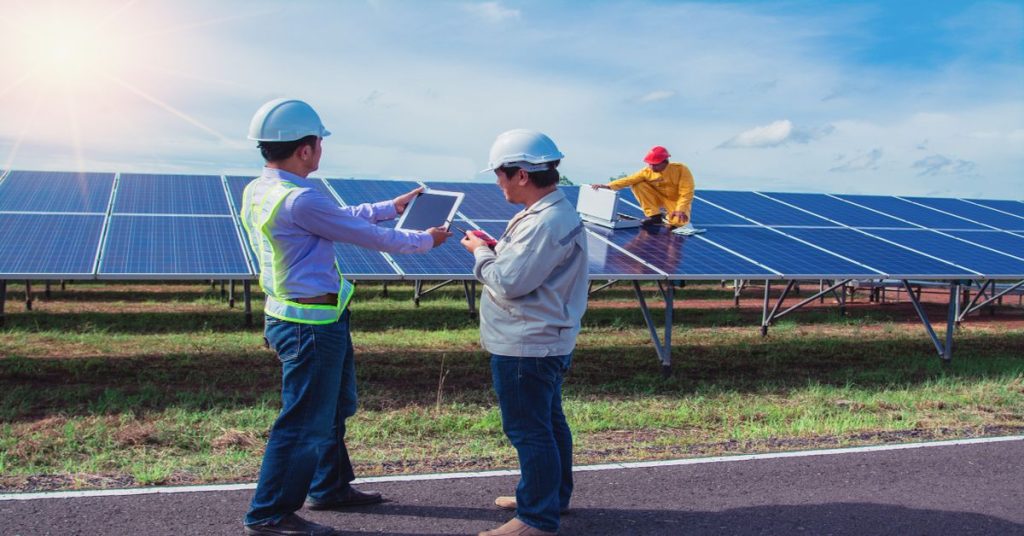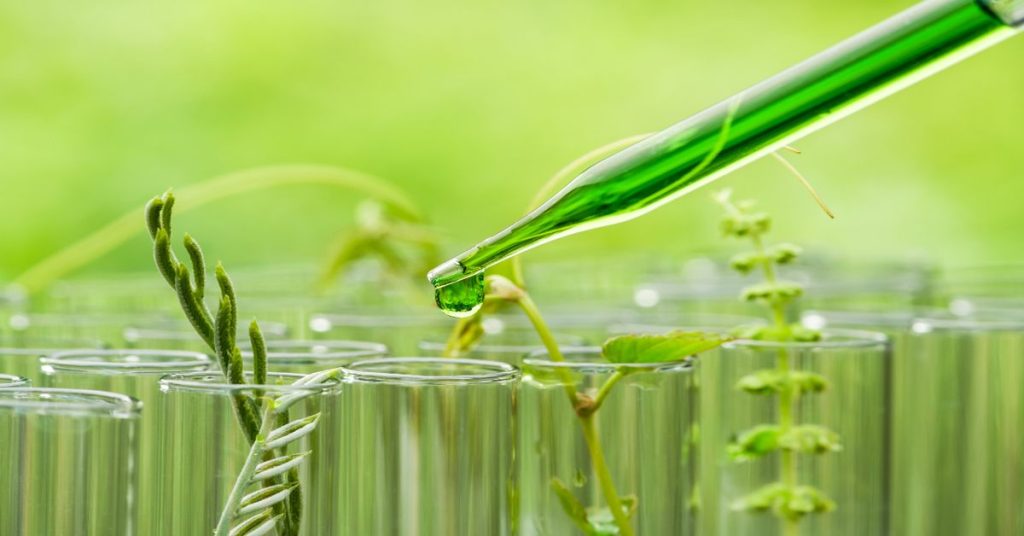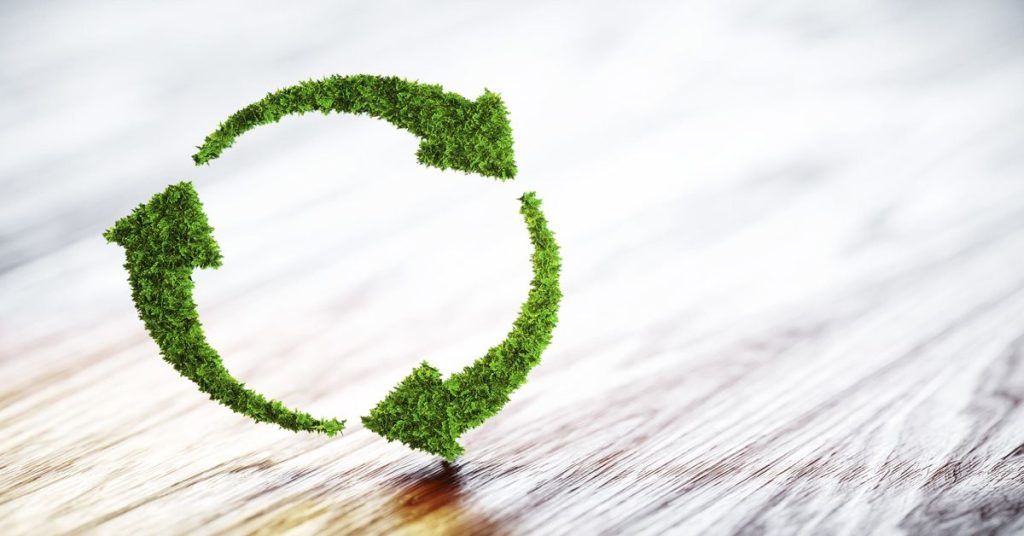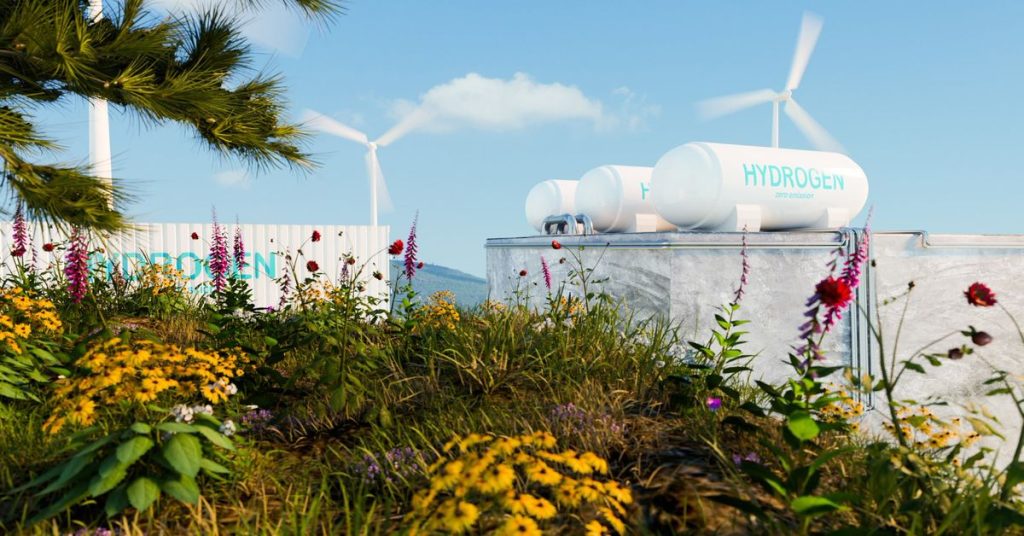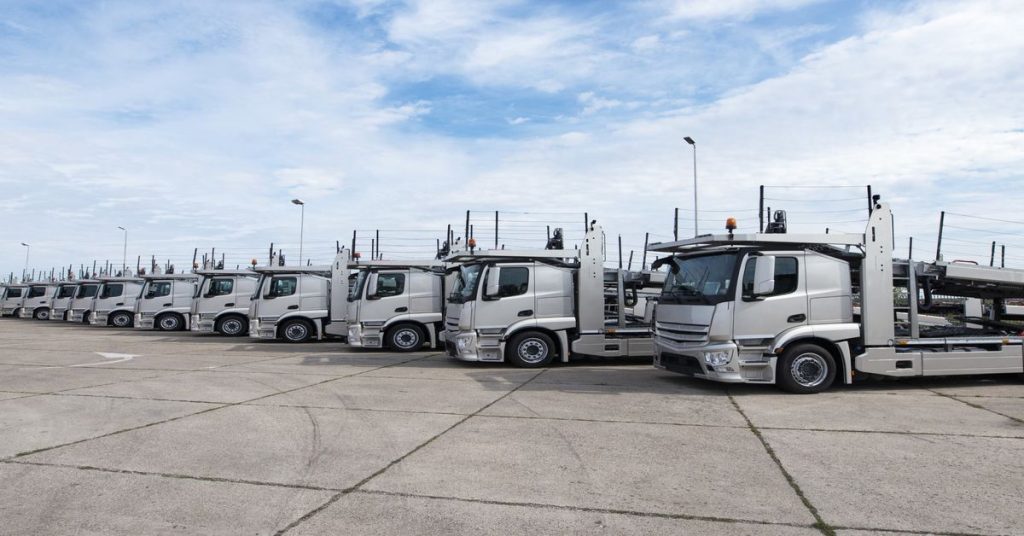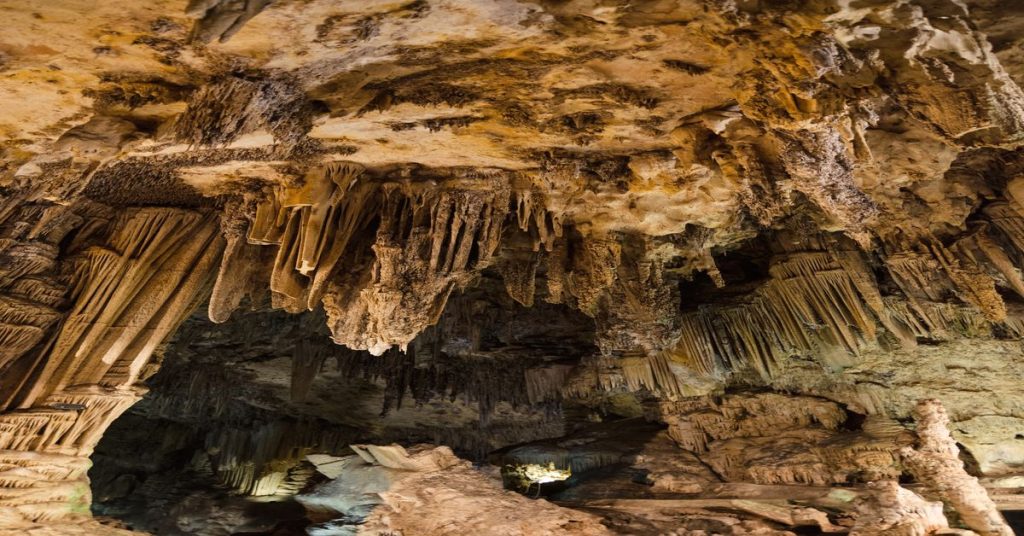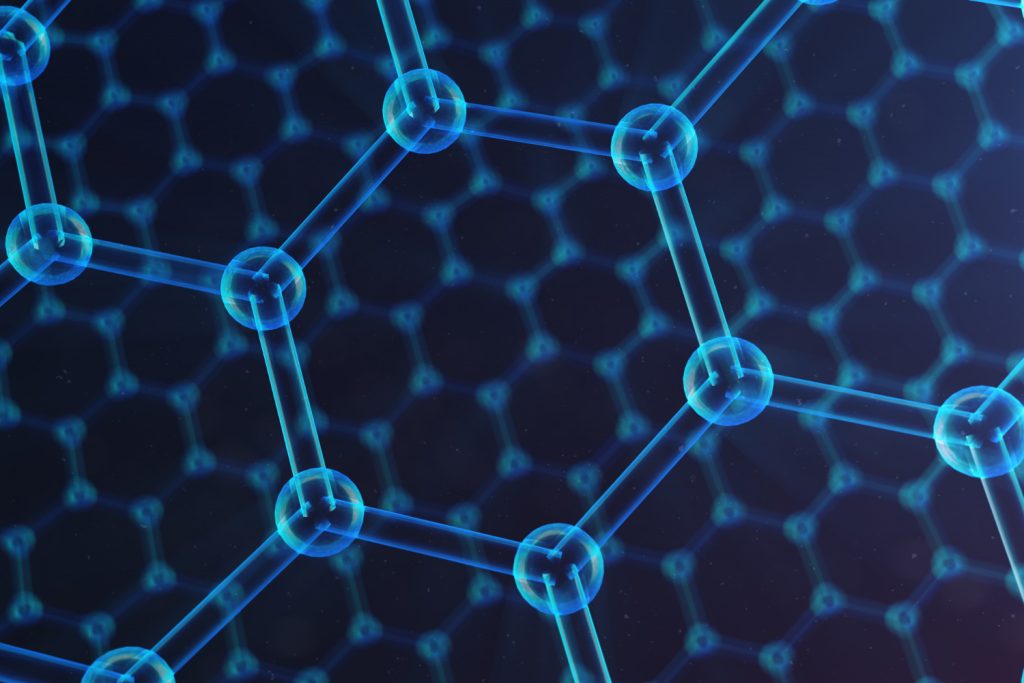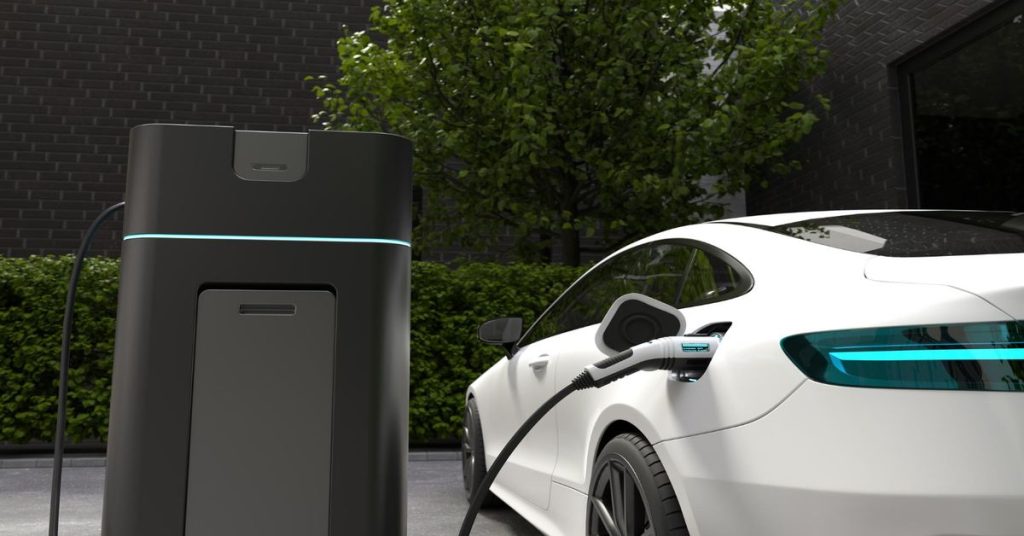AI-based wind power forecasting and its impact on maintenance scheduling optimization
Wind Power Forecasting As the world shifts towards renewable energy sources, wind power has emerged as a leading player in the race to reduce our reliance on fossil fuels. With the global wind power capacity reaching 664 gigawatts (GW) in 2020, the wind industry has seen unprecedented growth in the last few decades. Wind turbines …
AI-based wind power forecasting and its impact on maintenance scheduling optimization Read More »
